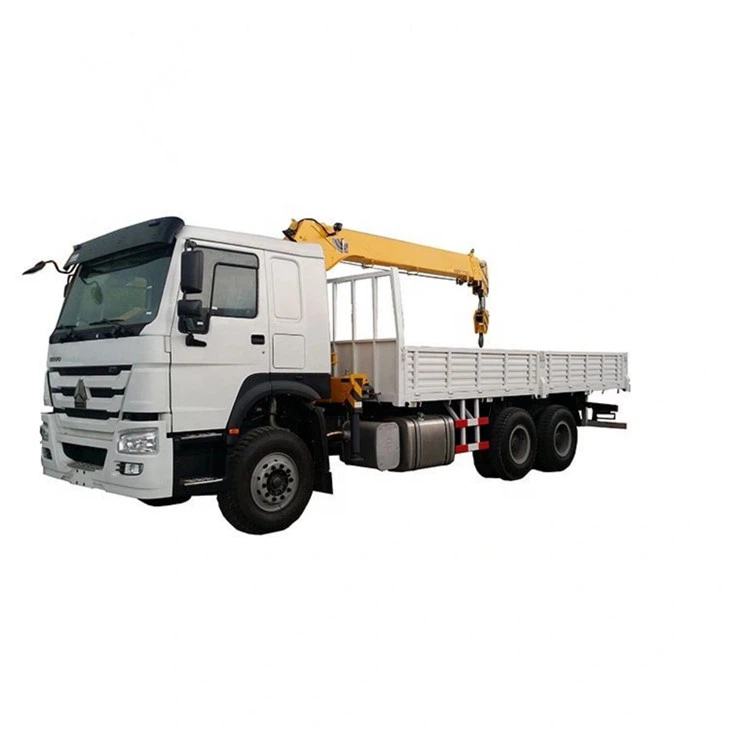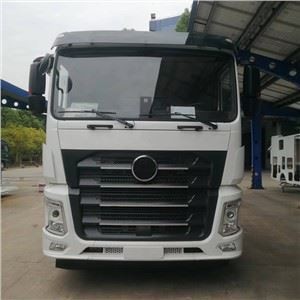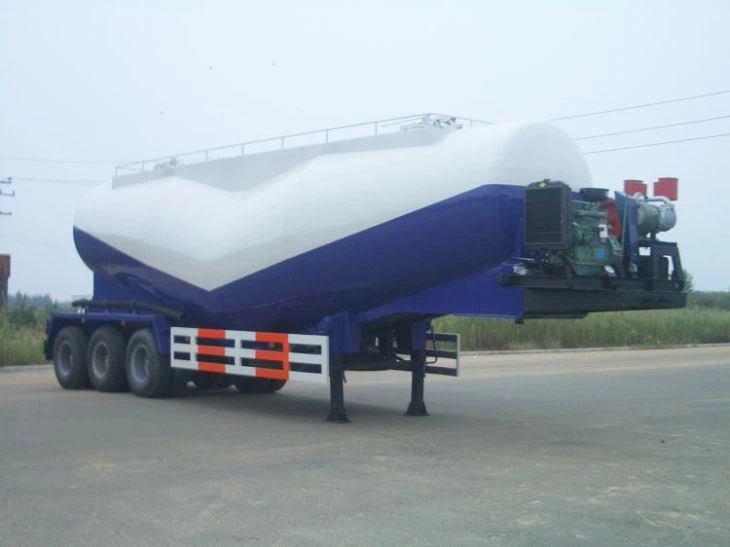Understanding 20ft ISO Tanks: The Ultimate Guide

As global trade continues to grow, the importance of effective transportation of goods has never been more apparent. One of the most efficient ways to transport liquids, gases, and even some solids is through ISO tanks. In this comprehensive article, we dive deep into the world of 20ft ISO tanks, exploring their structure, uses, benefits, and much more.
What is a 20ft ISO Tank?
A 20ft ISO tank is a container designed for the safe transportation of bulk liquids and gases. These tanks are manufactured to adhere to international shipping standards set by the International Organization for Standardization (ISO). The standard size aids in easy stacking and transporting across different modes of transport including ships, trains, and trucks.
Specifications of a 20ft ISO Tank
| Item | Specification |
|---|---|
| Length | 20 feet (6.1 meters) |
| Width | 8 feet (2.44 meters) |
| Height | 8.5 feet (2.6 meters) |
| Capacity | Approximately 20,000 liters (5,283 gallons) |
| Weight | Approximately 3,000 kg (6,600 lbs) |
| Material | Stainless steel or carbon steel |
Common Uses of 20ft ISO Tanks
20ft ISO tanks are versatile and used in various industries for transporting different types of cargo. Some common applications include:
1. Chemical Transport
One of the primary uses of ISO tanks is the transportation of hazardous and non-hazardous chemicals. Their robust design ensures that even corrosive substances can be transported safely.
2. Food and Beverage Industry
ISO tanks are ideal for transporting bulk food items such as oils, juices, and syrups. The interior surfaces are often made of stainless steel, ensuring hygiene and safety.
3. Industrial Liquids
Heavy machinery and manufacturing plants often require bulk lubricants, solvents, and other fluids that can be efficiently transported in ISO tanks.
4. Liquefied Gases
20ft ISO tanks can also transport liquefied gases like propane and butane. Specialized tanks are designed with insulation to maintain the necessary temperatures for these gases during transit.
Advantages of Using 20ft ISO Tanks
The use of 20ft ISO tanks comes with numerous advantages. Here are some of the key benefits:
1. Cost-Effectiveness
Transporting goods in bulk using ISO tanks often reduces shipping costs compared to using multiple smaller containers.
2. Versatility
They can handle a variety of cargo types, making them suitable for diverse industries.

3. Safety Standards
ISO tanks are built to meet strict safety and quality standards, ensuring the safe transport of materials.
4. Easy Handling
The standard dimensions make them easy to load, unload, and stack, streamlining the logistics process.
How to Choose the Right 20ft ISO Tank
Choosing the right ISO tank requires careful consideration of several factors:
1. Type of Cargo
Determine whether you will be transporting hazardous materials, food products, or industrial liquids to choose a suitable tank.
2. Material of the Tank
Stainless steel is generally preferred for food and chemical transport, while carbon steel may be suitable for less sensitive material.
3. Temperature Control Needs
If your cargo requires temperature control, ensure that your ISO tank has adequate insulation.
4. Compliance with Regulations
Always check that your ISO tank complies with the relevant shipping and safety regulations for your cargo type.
Maintenance Tips for 20ft ISO Tanks
Proper maintenance ensures the longevity and safety of your 20ft ISO tank. Here are some essential tips:
1. Regular Inspections
Conduct routine checks for leaks, corrosion, and general wear and tear.

2. Cleaning Protocol
Ensure thorough cleaning after each use, particularly when transporting food or hazardous materials.
3. Monitor Pressure Levels
For liquid gas tanks, regularly check and maintain pressure levels to avoid hazardous situations.
Practical Examples of 20ft ISO Tank Transport
Understanding real-world applications can shed light on the logistical capabilities of 20ft ISO tanks. Here are a couple of practical examples:
1. Transporting Edible Oils
A food processing company needs to transport 18,000 liters of palm oil from the production facility to various marketplaces. A 20ft ISO tank is chosen for its ability to hold the entire shipment in a single trip, thus saving on shipping costs.
2. Chemical Distribution
A company dealing with industrial solvents utilizes 20ft ISO tanks to transport bulk chemicals from a manufacturing facility to distribution centers. The tank’s durable construction protects the contents during transit, minimizing the risk of spillage.
Cost Considerations for Using 20ft ISO Tanks
Understanding the costs associated with using 20ft ISO tanks can help businesses budget effectively. Some aspects to consider include:
1. Rental vs. Purchase
Deciding whether to rent or purchase an ISO tank depends on your transportation needs. Rental may be ideal for occasional use, while purchasing could be cost-effective for regular shipping.
2. Maintenance Costs
Regular maintenance can incur costs over time, especially if you frequently transport hazardous materials.

3. Shipping and Logistics
Cumulative shipping costs related to transportation, insurance, and handling must be factored into your budget.
Frequently Asked Questions (FAQs)
1. What is the standard capacity of a 20ft ISO tank?
The standard capacity of a 20ft ISO tank is approximately 20,000 liters (5,283 gallons).
2. Can 20ft ISO tanks be used for hazardous materials?
Yes, many 20ft ISO tanks are specifically designed to transport hazardous materials safely, adhering to strict regulations.
3. How are 20ft ISO tanks cleaned after use?
20ft ISO tanks should be thoroughly cleaned following the manufacturer’s recommended procedures, depending on the type of cargo they carried.
4. Are there any special regulations for transporting chemicals in ISO tanks?
Yes, there are specific regulations that govern the transport of chemicals in ISO tanks, which vary by region and type of chemical. Always check local regulations.
5. What are the benefits of using a 20ft ISO tank for liquid transport?
Benefits include cost-effectiveness, safety, versatility, and streamlined handling due to standard sizes.
6. How do I rent a 20ft ISO tank for my business?
Contact logistics companies or tank leasing services in your area. Many companies offer flexible rental agreements based on your shipping needs.
